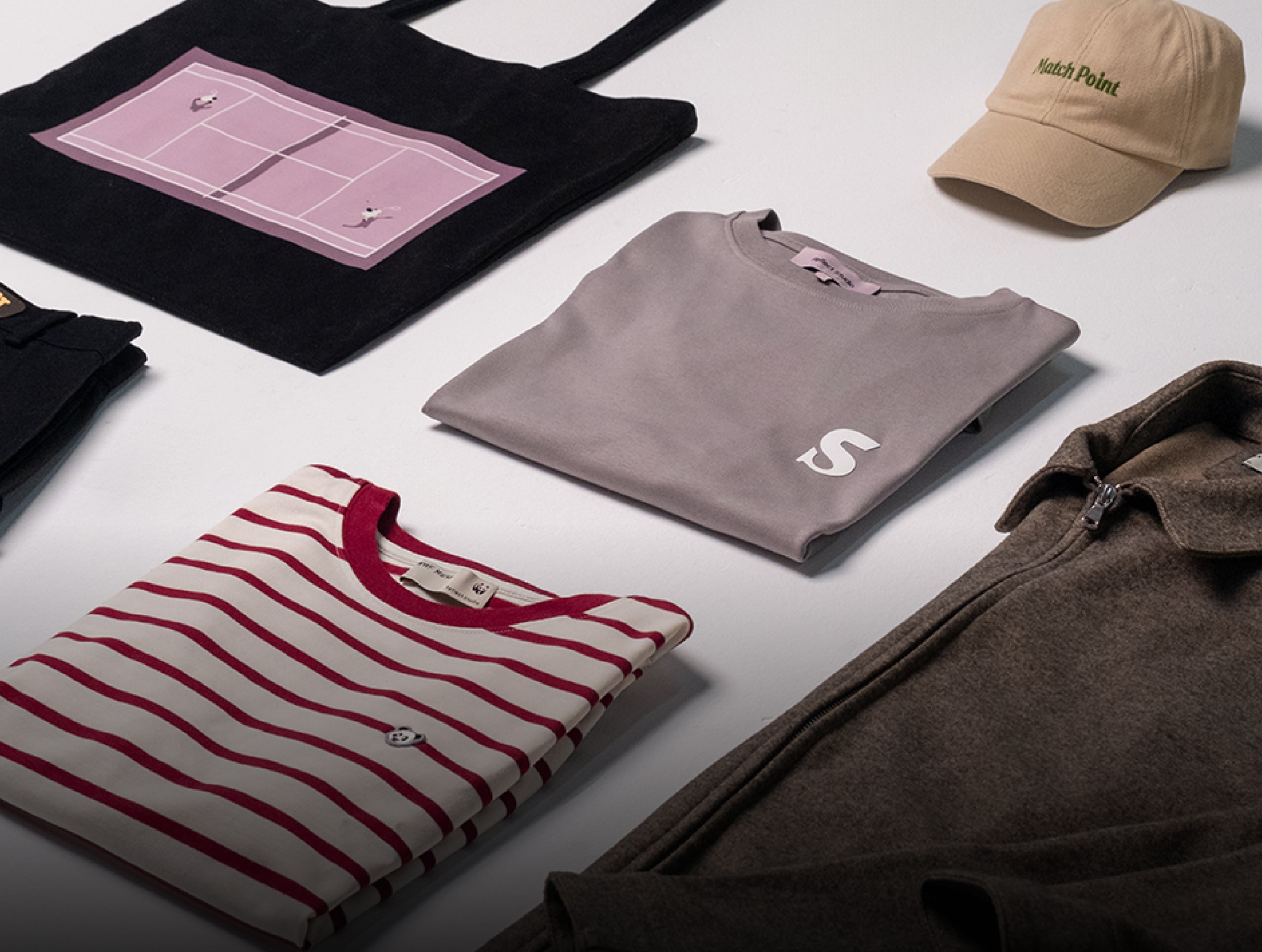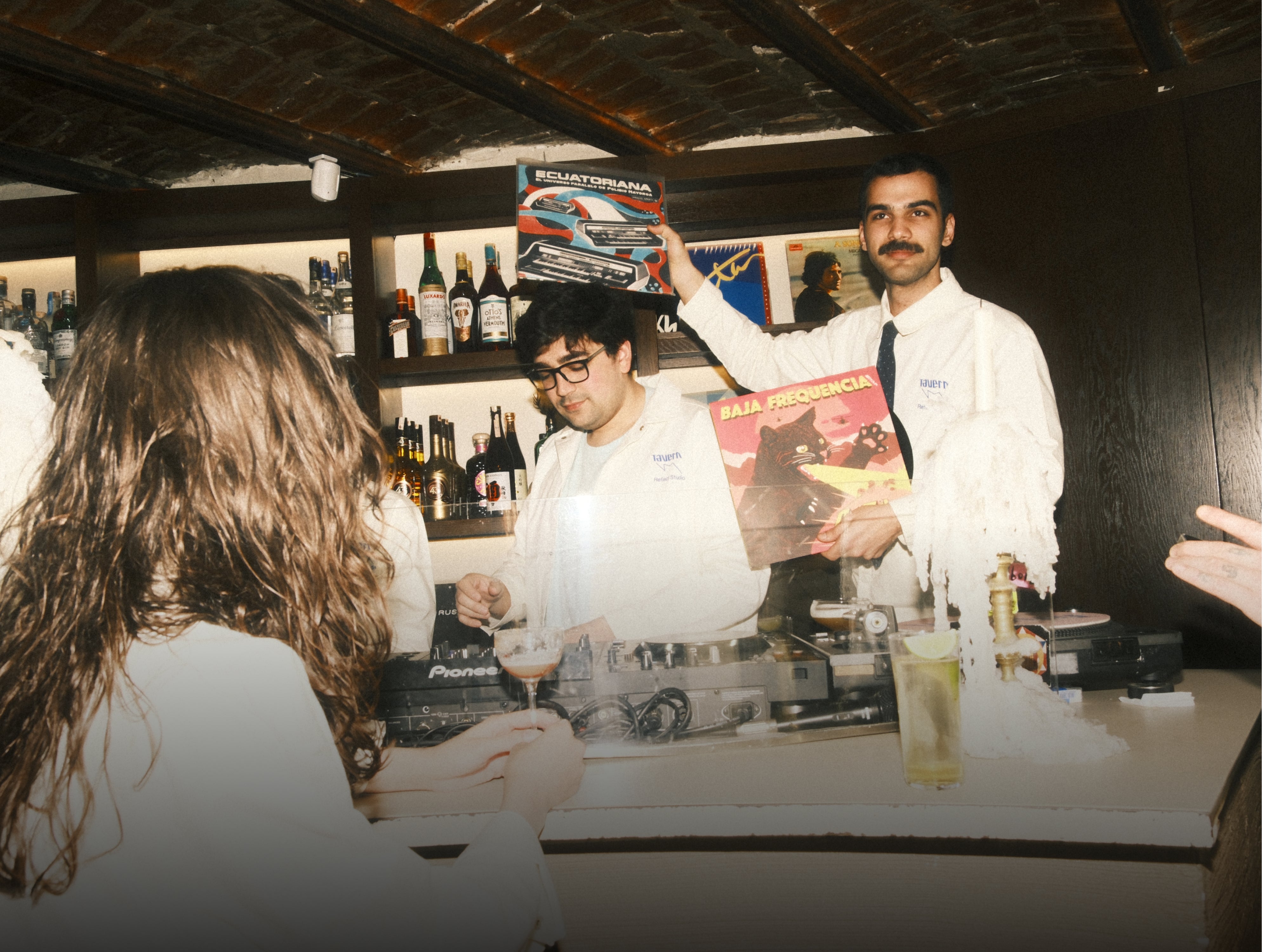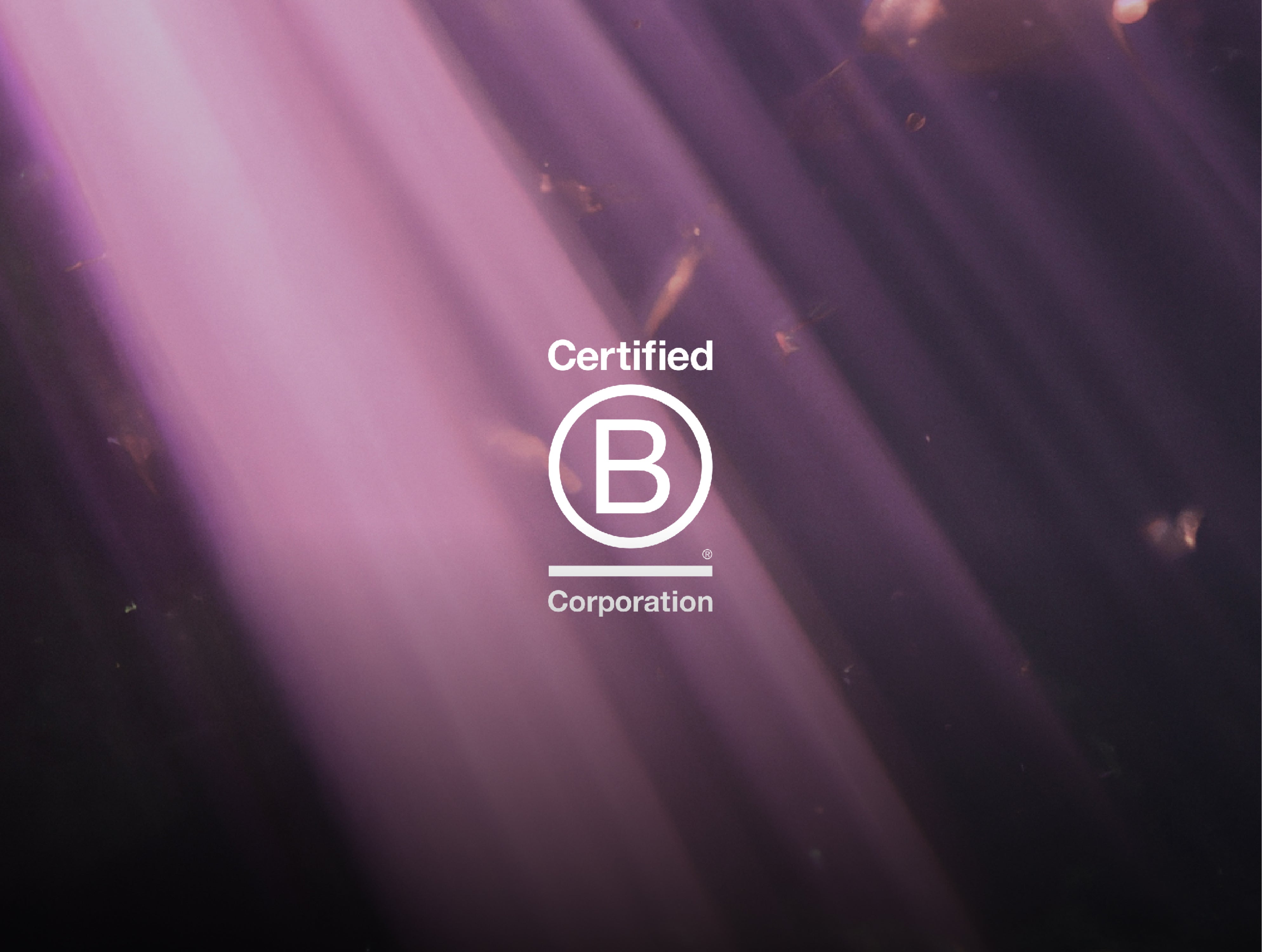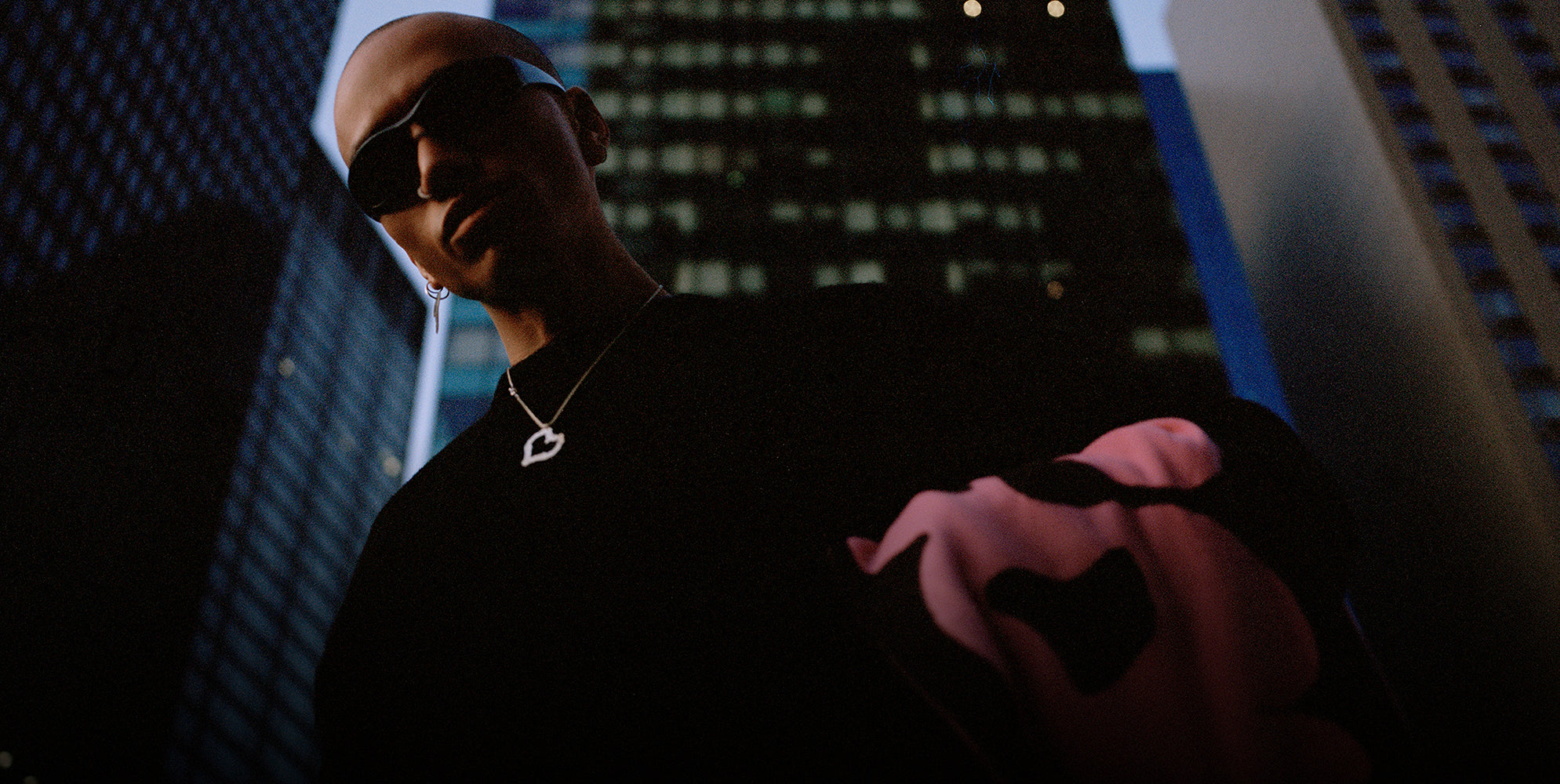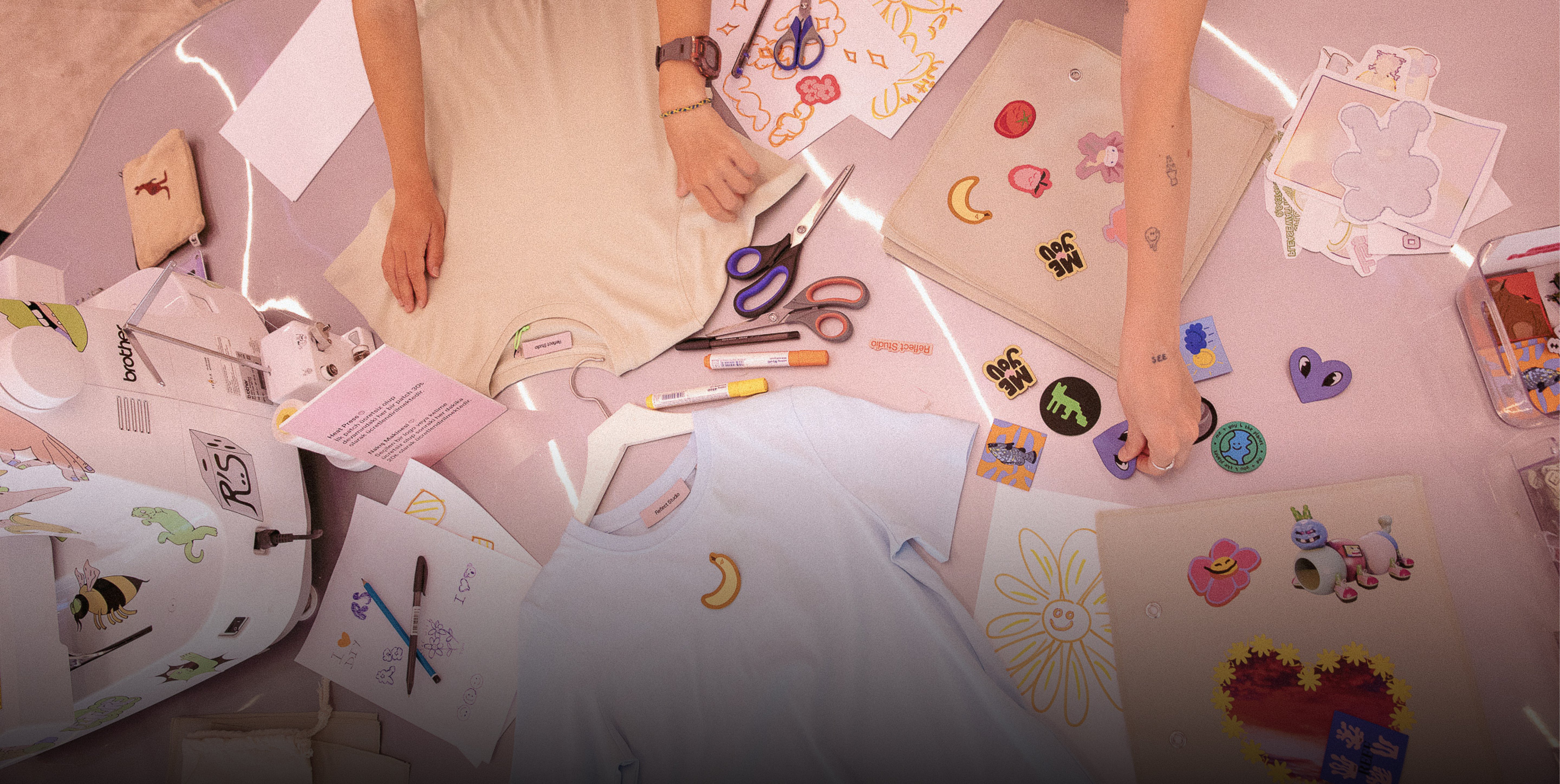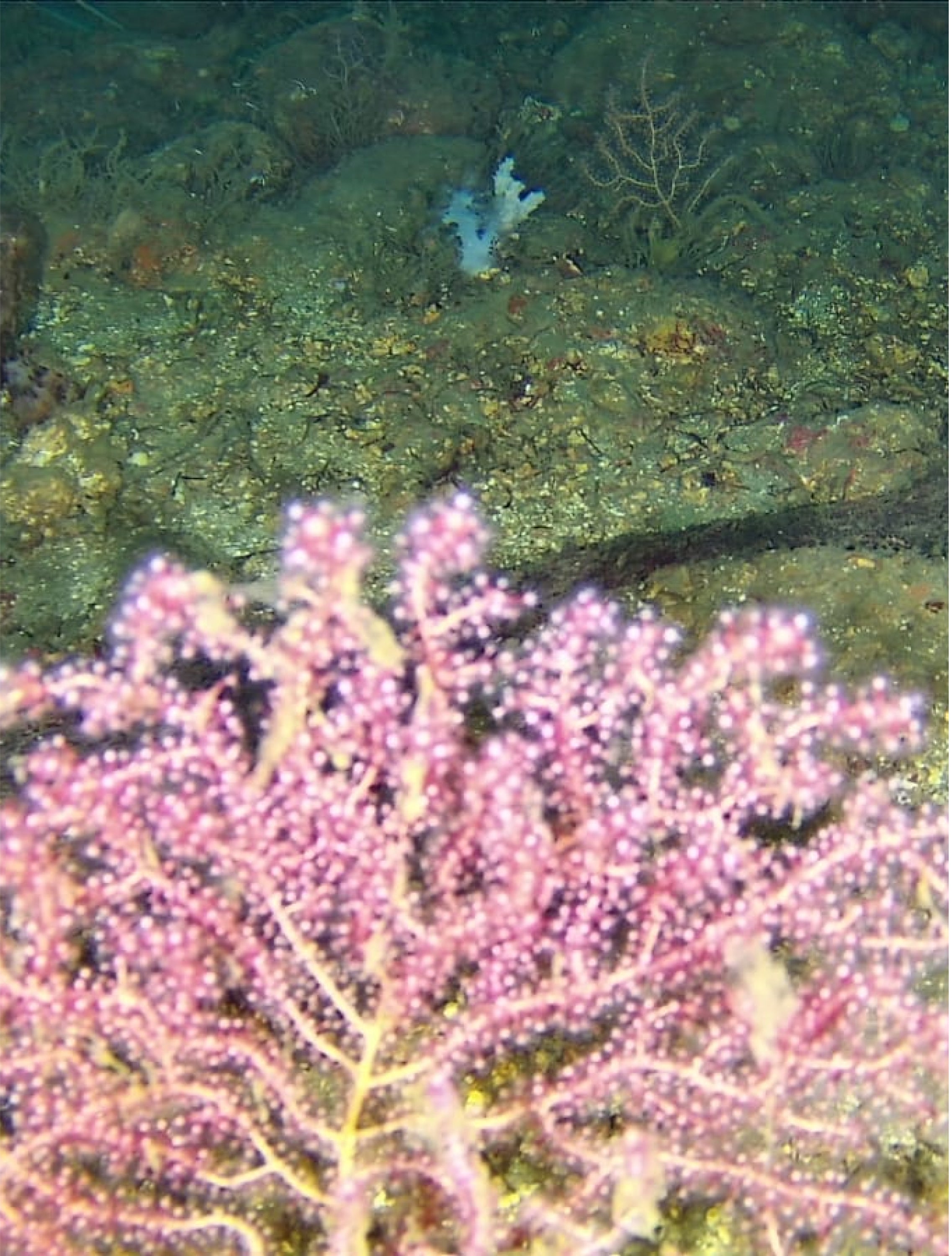The Problem:
The world has a plastic problem. Landfill sites are growing at fast rates due to the amount of plastic we use on a daily basis. And while the fashion industry is not responsible for all of it, plastic garment packages aren’t helping the problem either.As a studio who embraces sustainability, we feel a deep responsibility to have a sustainable supply chain system - including our packaging. We depend on packaging to protect our garments during transfers, so we can’t exactly get rid of them. But we can design our operational systems and our garment bags to be more circular.
The Approach:
First we would have to develop an approach to the redesigning process.
We started with the facts: We need garment bags to protect our products between transfers. However, our products are taken out of their garment bags before being sent to customers. And because they couldn’t be reused, they became waste. While most ethical brands find ways to collect and recycle their garment bag wastes, we didn’t think a simple recycling approach would be enough. We needed to redesign the bag too.
We realized we would need to evaluate our whole operational setup to integrate the new design systems and strategies if we really wanted it to work.
Our goal then became to design a reusable bag and a system that would keep these bags out of landfills for as long as possible while still keeping them in use within our supply chain. If we could eliminate the need for new plastic bags and keep the ones we already had in use, we could be much more sustainable -on all parts.
We were up for the challenge!
The Journey:
So, we set out on a journey to redesign our system and packaging in line with these goals.
1: To produce our packaging with the smallest environmental impact.
2: To lessen or completely eliminate single use garment packaging.
3: To make our bags reusable and keep them in use for longer.
4: To integrate the necessary systems to make it possible.
The Solution:
In a year-long research and development project we came up with a system that worked and a product that met all our goals.
In order to create the smallest impact we decided to source our new packages from post consumer recycled plastics. This meant that we wouldn’t need to use any new raw materials to make them because we would be using plastics that were already created and recycled.
We found that the best way to save them from landfills was to make them more durable so they could be reused within our supply chain. To give them a longer lifecycle we added a zip lock detail so they could be resealed and reused.
After that, we developed a system of operations where our new packaging was being used in operations over and over again. Our idea was simple: We would pack our products in our new garment packaging and send them from our warehouse to our operation center. The operation center would collect the garment bags -which would otherwise be sent to a recycling facility- and send them back to our warehouse to be filled with new garments for the next shipment.
If we could do it right, we would drastically lessen our impact by eliminating tons of plastic garment packages from ending up in landfills. We would also get one step closer to a circular supply chain.
So we did it!
The Re-Bag:
Introducing our new packaging, the Re-Bag.
Recycled: It’s made from post-consumer recycled plastics: products like plastic shopping bags that have completed their consumer life cycles. So, no new raw materials are needed to make them.
Reusable: It’s durable and has a resealable zip which means it can be used within our supply chain over and over again, eliminating the need for more plastic.
Recyclable: And when you can’t use it anymore, it’s also recyclable! You can recycle it at your nearest recycling bin to keep it away from the environment.
